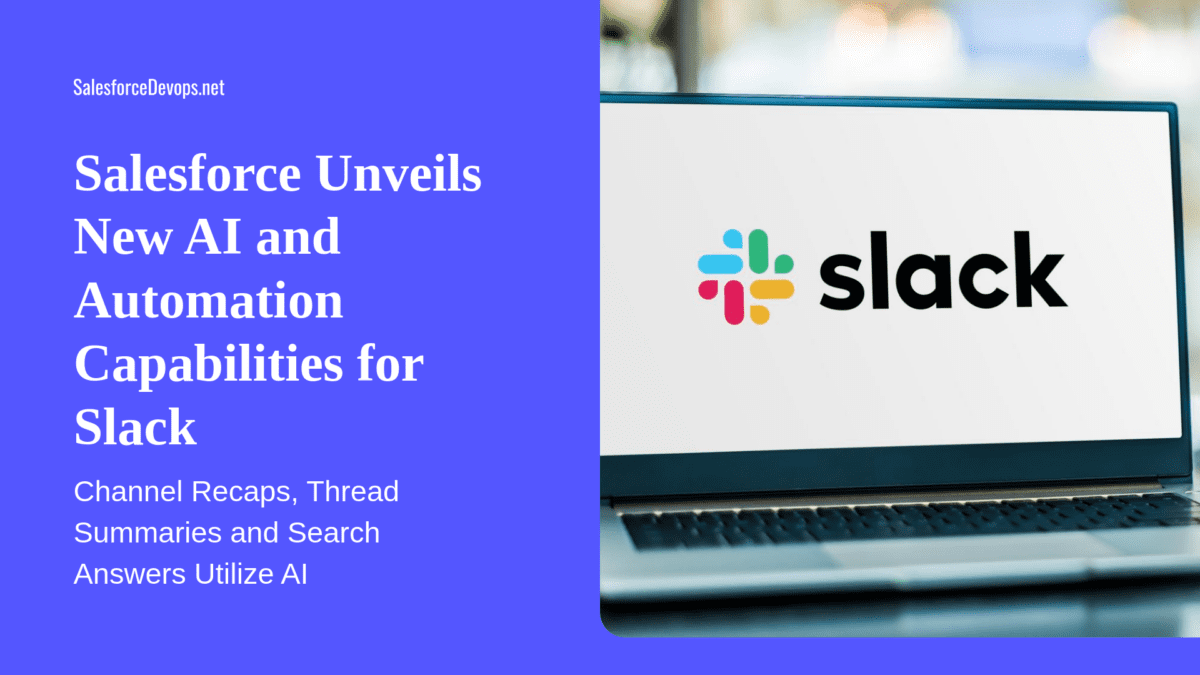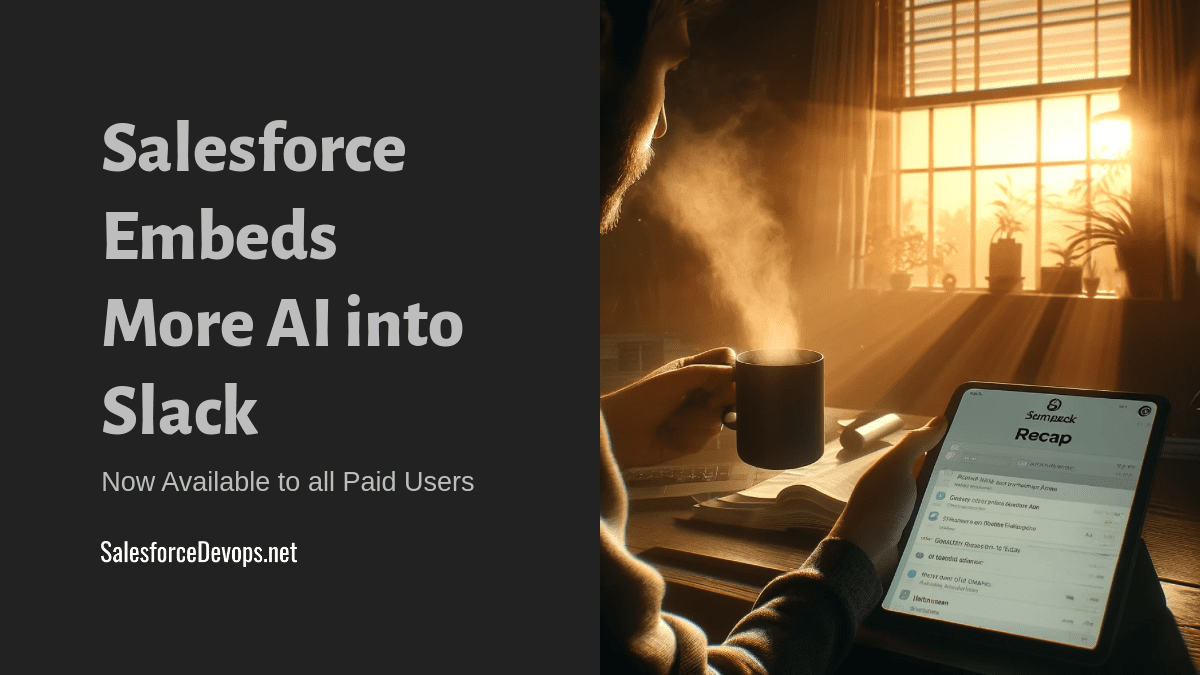Salesforce Unveils New AI and Automation Capabilities for Slack
Salesforce announced today new product innovations for Slack, its popular team collaboration platform in the run up to next week’s Dreamforce conference. The updates aim to make Slack an even more intelligent and automated productivity platform.
Key announcements include new AI features, easier workflow automation, and a project management tool called Slack Lists. According to Salesforce, these capabilities will help users work smarter, save time, and collaborate more effectively. Workflow Builder and Lists will come at an extra because they are not included in base Slack plans. However, the vendor offers free trials and tiered pricing.
Table of contents
The State of Generative AI
Salesforce timed the Slack unveil alongside revealing findings from its upcoming research on generative AI. The survey of global employees found high interest in leveraging AI to enhance productivity:
- 75% of generative AI users want to automate tasks.
- 74% want to summarize information.
- 49% would use it more if integrated into existing tools.
This signals strong demand for AI-powered features like those Salesforce launched for Slack. It’s now natively embedded, making adoption frictionless.
Slack AI Features
Specifically, Slack introduced three new AI capabilities:
- Channel Recaps – Summarizes key points and highlights from Slack channels, to quickly catch up or draft status reports.
- Thread Summaries – Lets users get the gist of long threaded conversations in one click.
- Search Answers – Returns an AI-generated summary along with results for queries, to find information faster.
Unlike other vendors, Slack’s AI is not trained on customer data. Ensuring privacy and security has been paramount, according to Salesforce. This should ease concerns about potential misuse or bias.
It positions Slack as a uniquely trusted platform for AI help at work. The features look useful for knowledge management and staying informed.
Workflow Automation Improvements
On the automation front, Slack aims to empower any user to build workflows without coding. An upgraded Workflow Builder offers:
- Simpler tool integrations with click-based setup.
- Pre-built templates
- Access to automations through a new dedicated hub.
Developers also gain new capabilities for creating and hosting Slack apps. Their custom logic can power workflows used company wide. This enables widespread automation, beyond individual teams.
The changes make it easier than ever to connect workflows across tools. Slack already automated routine tasks. Now it could streamline cross-functional processes like HR onboarding or contract approvals.
Slack Lists for Structured Collaboration
Finally, Slack launched Lists for structured communication and work tracking. Each list item gets a threaded discussion. Use cases could include:
- Managing launches and progress.
- Reviewing and assigning approval requests.
- Tracking campaigns and product development.
This brings lightweight project management directly into the flow of conversation. The mixing of async tracking and real-time chat could replace siloed tools that disrupt collaboration.
Slack’s Year of Change
This announcement caps a year of changes with Slack’s enterprise orientation. New features like Canvas have been rolled out, as well as LLM integrations. And losing market share to Microsoft Teams has forced a UI redesign.
What’s most important is enabling employees to collaborate smarter. AI, automation, and structured data should all enhance teamwork.
Salesforce has big plans for Slack as its platform for the future of work. This update inches closer toward that vision of intelligent productivity. It puts powerful capabilities directly into the tools millions already use daily.
For companies considering trying Slack or already using it, these new features warrant a look. They provide one more reason to buy into Slack for an AI-assisted digital workspace.






